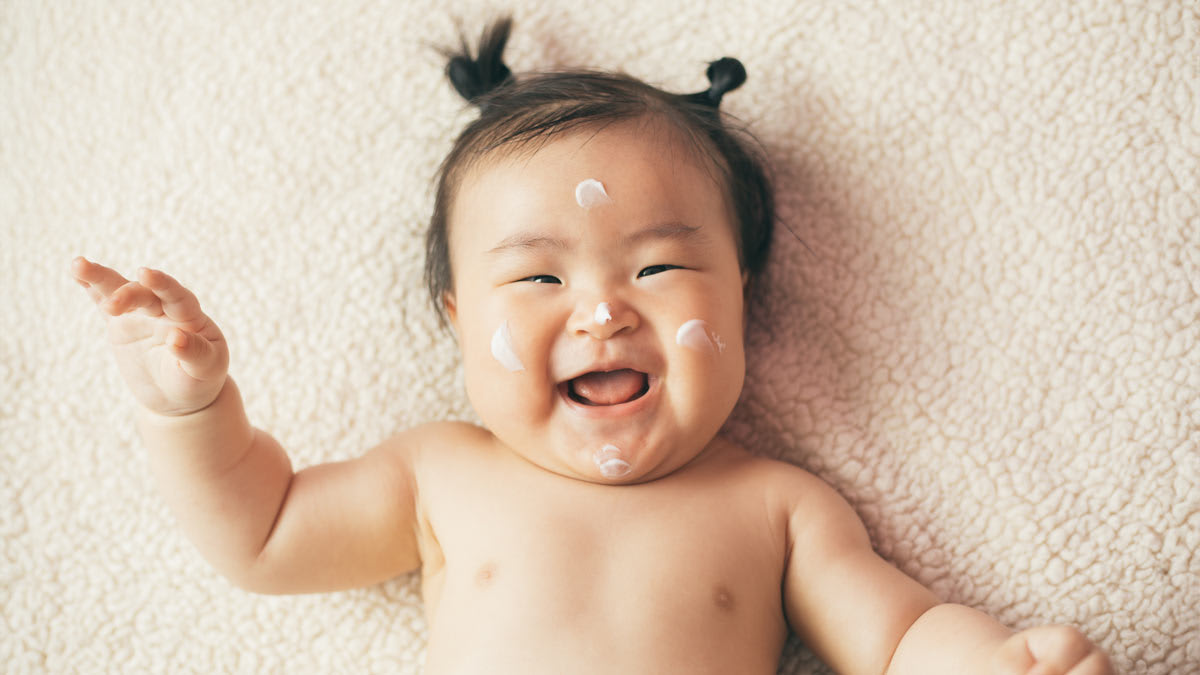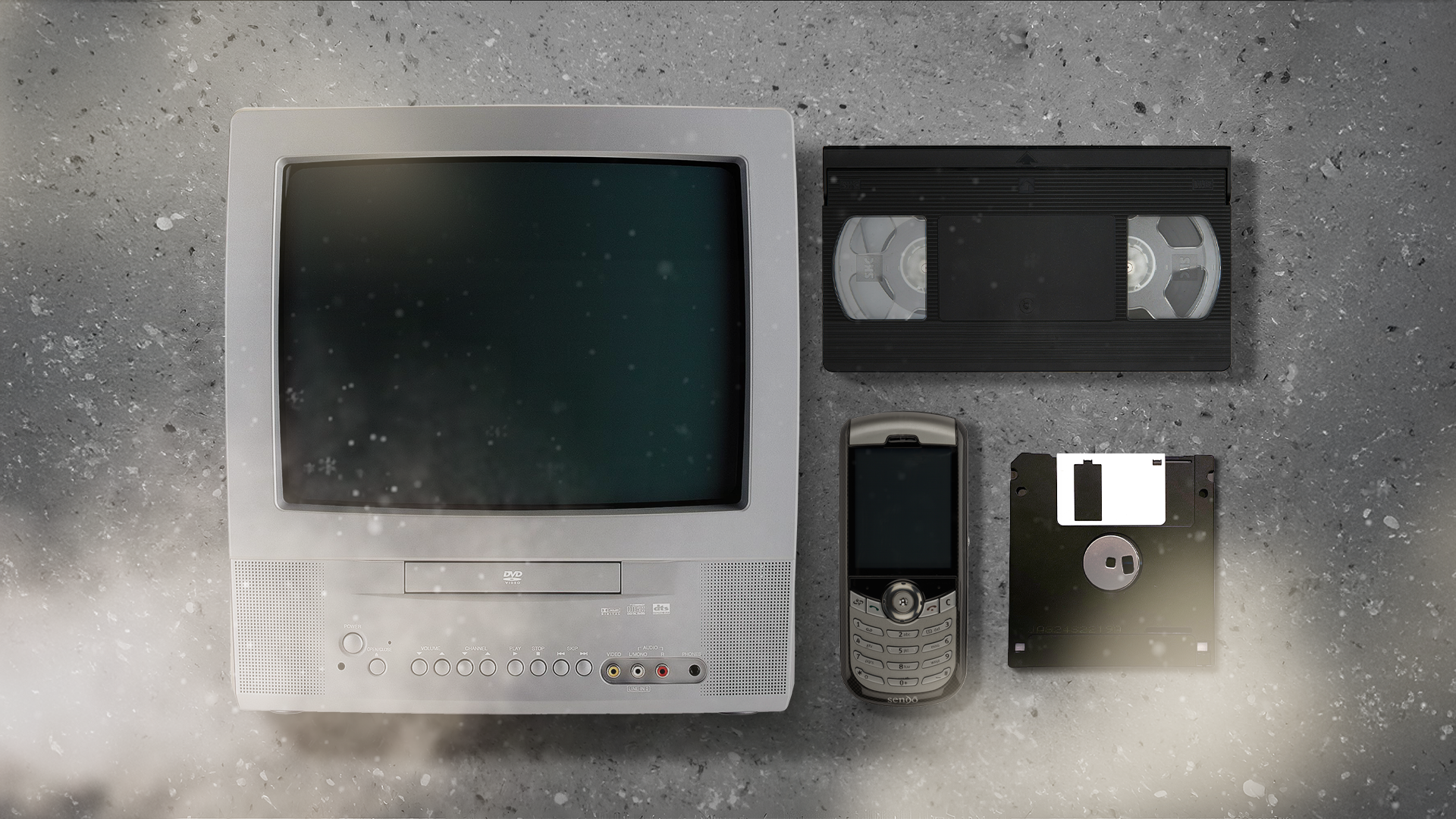How to Choose a Baby Lotion Without Harmful Chemicals

If you’re in search of a safer, more sustainable baby lotion, consider one of our recommended options above. Or shop using the following tips:
Avoid ethoxylated ingredients. 1,4-dioxane and ethylene oxide aren’t listed on labels, but you can still avoid them by looking for terms like PEG and polysorbate on labels, typically listed alongside a number like polysorbate 20 or PEG-40. Also, watch for phenoxyethanol and the suffix “-eth” or “oxynol,” such as in the ingredient names “laureth” and “ceteareth.”
Skip dimethicone and carbomer to be friendlier to the planet. While neither may be harmful to people using products containing it, the ingredients are tough on the environment.
Choose fragrance-free formulations, especially for babies. To avoid potentially harmful mystery ingredients, skip products with undisclosed fragrances by looking for terms like “fragrance,” “parfum,” or “natural fragrance” on product packaging. Note that some formulas come in both fragranced and fragrance-free versions, so double-check labels to make sure you’re purchasing a fragrance-free product.
Choose lotions without mineral oil, petrolatum, and paraffin. These ingredients can be contaminated with substances linked to cancer, but it’s impossible to tell from the label if that’s the case. They also can pose risks to the environment, even when not contaminated. You can spot these ingredients by looking for one of their many other names: white mineral oil, white petrolatum, paraffin oil, paraffin wax, petroleum jelly, and liquid paraffin.
Avoid dyes. Aral says that this is one ingredient she’d absolutely avoid in baby lotions. While colorants have been largely phased out of baby lotions, some of the products, as well as some baby bubble baths, shampoos, and toothpaste, do still contain them. Look for and avoid terms like FD&C and D&C, followed by a number (FD&C Yellow No. 5, FD&C Red No. 40, D&C Blue No. 4). (Read more about food dyes.)
Source link









